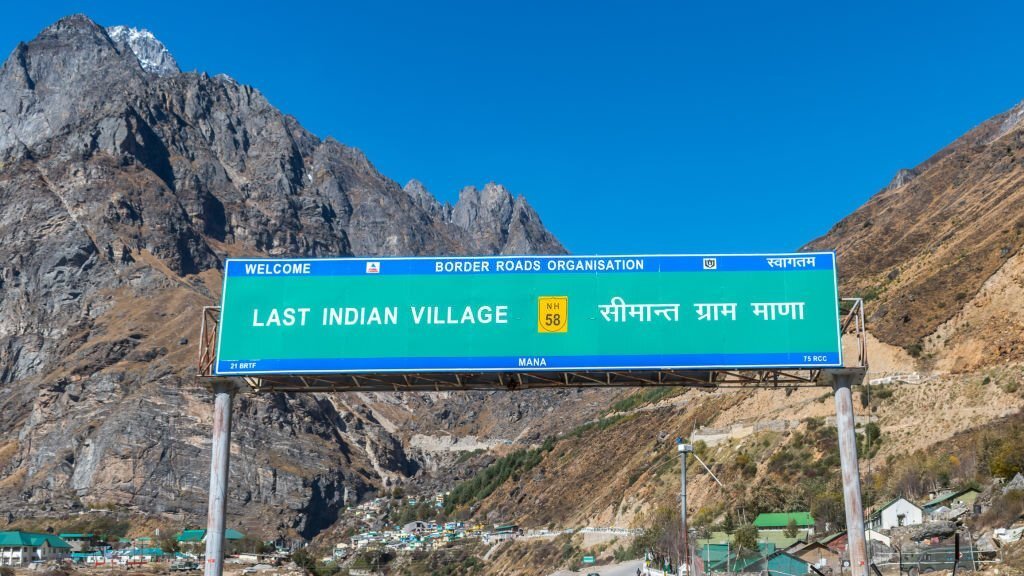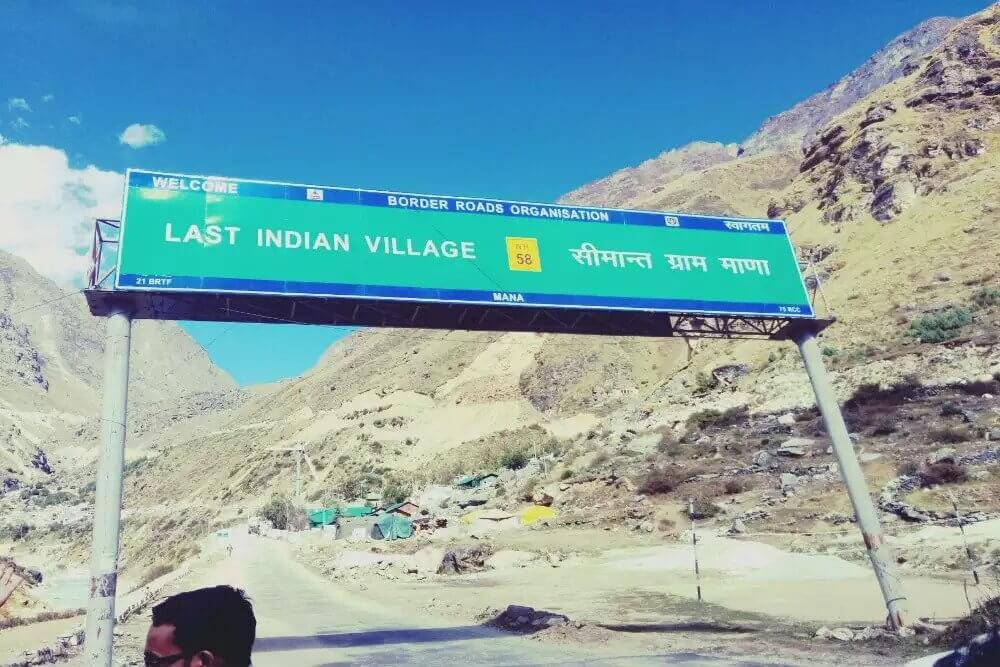Immerse yourself in the mystique of Mana village, the last Indian village. Experience the untouched beauty, ancient traditions, and captivating charm of Mana village. Discover a world frozen in time, where serenity and culture intertwine. Uncover the hidden gems of this extraordinary destination and witness the true essence of rural India. Embark on a remarkable journey to Mana village and embrace an authentic cultural experience that will leave you enchanted.
Mana village

Most of the people often get confused between Mana in Uttarakhand and Chitkul in Himachal Pradesh. Which one of these holds the title of being ‘the last Indian village’? Well, to clear things out, Chitkul is basically the last inhabited village on the Indo-Tibet border, but it officially recognised Mana in Uttarakhand as the ‘last village of India’.
Mana is a village in the district of Chamoli in the Indian state of Uttarakhand, at an altitude of 3,200 meters. It is on the northern terminus of National Highway 58 Mana is the last village before the Mana Pass and is 26 kilometres from the border of India and Tibet The village is at a distance of about 3 km from the Hindu Pilgrimage Badrinath and the two places are culturally connected with each other.
Mana village holds a huge religious significance for the Hindus, as we relate the place to the time of Mahabharata. We believe that the Pandavas (the five mythological characters from the epic Mahabharata) passed through Mana Village when they made their final journey to heaven.
There is a small cave in Mana, named Vyas Gufa and we believe that Maharshi Vyas composed Mahabharata in this cave. One more cave is called Ganesh Gufa and tourists visit both caves regularly.
The villagers of this village are culturally associated with activities of Badrinath temple and annual fair of Matha murthi.
Places to visit in Mana
Neelkanth:
Neelkanth Peak is at a height of around 6,597 m above sea level and is known as the ‘Queen of Gharwal’. We can see the holy place of Badrinath from this peak. Many Brahmakamal can be seen from here. It is above the Badrinath temple.
Tapt Kund:
As per Hindu mythology, Tapt Kund is the holy abode of Lord of Fire or Agni. This natural spring is believed to have medicinal properties, and people say that taking a dip in the kund water cures skin diseases.
Vyas Gufa:
As the name says, Ved Vyas, the renowned scholar and the writer of the epic, the Mahabharata, lived inside this cave while composing the famous four vedas. What makes this cave interesting is a small shrine, which is dedicated to we believe him and to be more than 5000 years old.
Bheem Pul:
They believed Bheem has created Bheem Pul (one of the five brothers among the Pandavas) near River Saraswati. It’s a huge rock formed as a bridge across river Saraswati. Legend says that Bheem placed the rock to make way for Draupadi to cross the river during their journey to heaven.
How to reach Mana?
We can easily reach mana in Uttarakhand from Rishikesh/Haridwar and is only 5 km from Badrinath Temple. The nearest railhead is at Haridwar,
